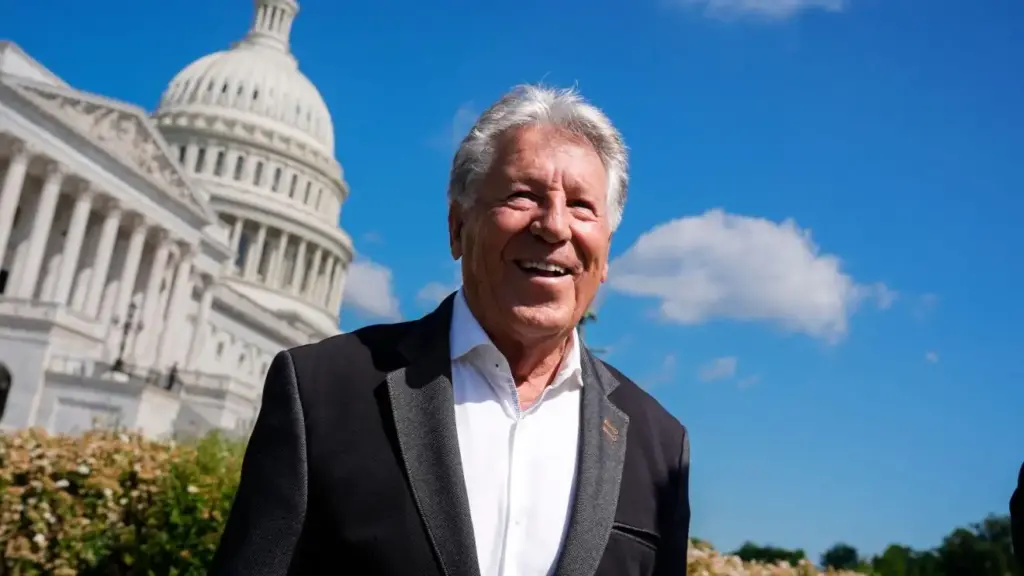Max Verstappen clinched a commanding victory at the Japanese Grand Prix, leading a Red Bull one-two finish with teammate Sergio Perez. Despite an early red flag due to a crash, Verstappen’s performance remained unshaken, showcasing his team’s strength and strategy on the track.
Between the lines
- Max Verstappen’s flawless starts, both initially and after the red flag, were key to his dominant win at the Japanese Grand Prix.
- Sergio Perez fought back after an undercut by Lando Norris to secure a Red Bull one-two finish, marking the team’s third of the season.
- Carlos Sainz executed a strategic two-stop strategy to claim the third podium spot, while Charles Leclerc managed a one-stop strategy to finish fourth.
- Fernando Alonso and Oscar Piastri showcased strategic racing to fend off George Russell, with Alonso finishing sixth and Piastri seventh.
- Lewis Hamilton struggled with a one-stop strategy, ultimately finishing ninth, while Yuki Tsunoda delighted the home crowd by securing the final point in tenth place.
Go deeper
The Japanese Grand Prix was a spectacle of strategy and skill, with Max Verstappen’s victory further cementing his position as a dominant force in Formula 1. His start was impeccable, and even a dramatic red flag, caused by a collision between Daniel Ricciardo and Alex Albon, couldn’t disrupt his lead. The race resumed with Verstappen again taking the helm, cruising to a comfortable 12.5-second win over his teammate.
Sergio Perez had a more eventful race, initially losing ground but recovering brilliantly with daring overtakes, including a decisive move on Norris to reclaim second place. His performance, combined with Verstappen’s, underscored Red Bull’s competitive edge this season.
Carlos Sainz’s podium finish was a result of strategic tire management and timely pit stops, allowing him to capitalize on the McLaren’s higher degradation. Charles Leclerc’s gamble on a one-stop strategy paid off, securing him a solid fourth place, despite being unable to challenge his teammate Sainz towards the end.
The midfield battle was equally thrilling, with Fernando Alonso using Oscar Piastri’s DRS to create a buffer against George Russell. Alonso’s experience shone through, while Piastri’s defense was commendable, even as he eventually succumbed to Russell’s persistence.
Lewis Hamilton’s frustrations were palpable as he grappled with a one-stop strategy that didn’t pan out, leading to a late switch to a two-stop and a ninth-place finish. Meanwhile, Yuki Tsunoda’s point-scoring finish was a highlight for the local fans, as he navigated the pits masterfully to climb into the top ten.
The race was not without its disappointments, as several drivers struggled with pace and strategy. The Alpine team, in particular, had a challenging day, with both cars finishing at the lower end of the standings. Logan Sargeant’s off-track excursion and Zhou Guanyu’s early retirement due to a gearbox issue were reminders of the razor-thin margins for error in the sport.
In summary, the Japanese Grand Prix was a masterclass from Verstappen and Red Bull, a strategic triumph for Sainz, and a day of mixed fortunes for the rest of the field. As the season progresses, the race at Suzuka will be remembered for its dramatic moments and the relentless pursuit of perfection that defines Formula 1.





